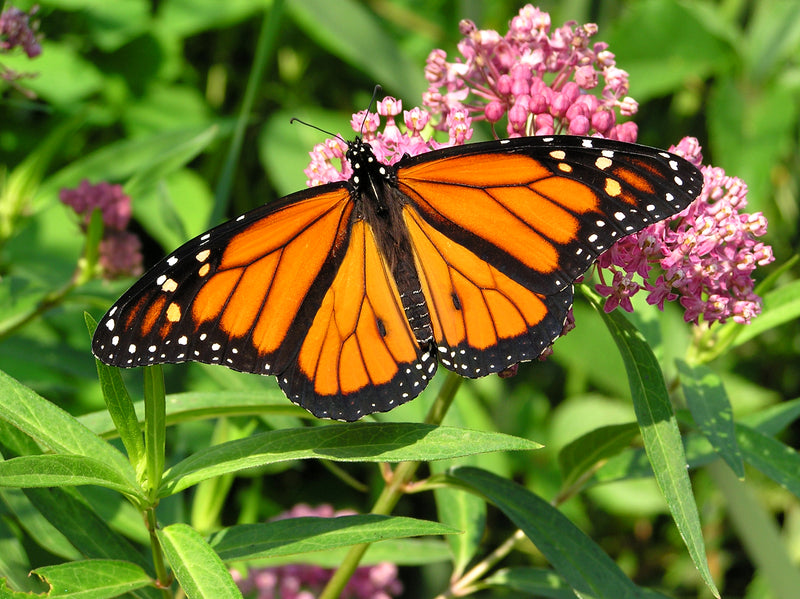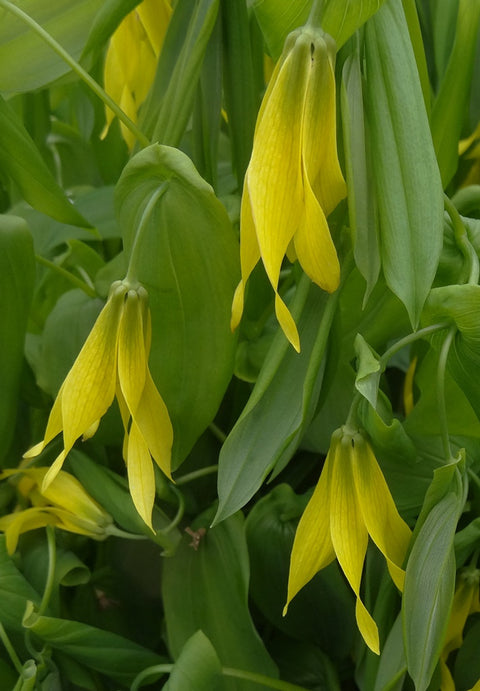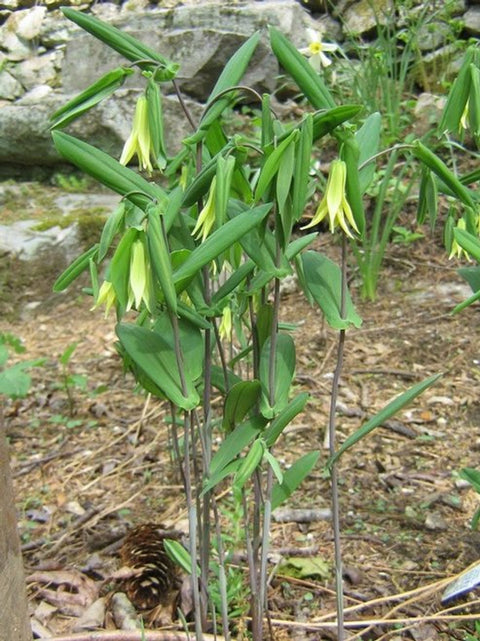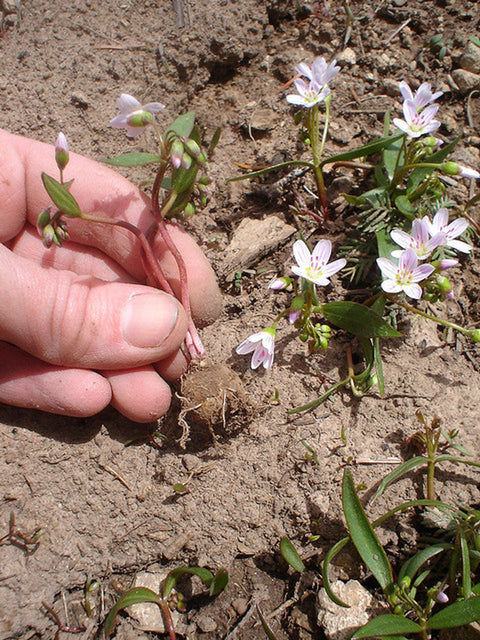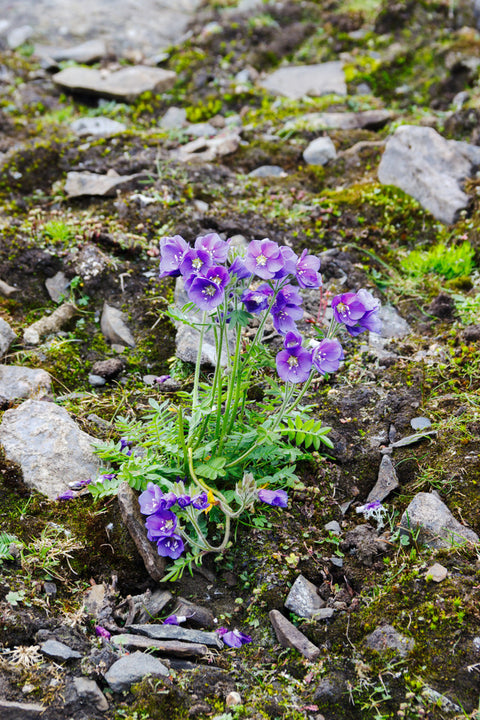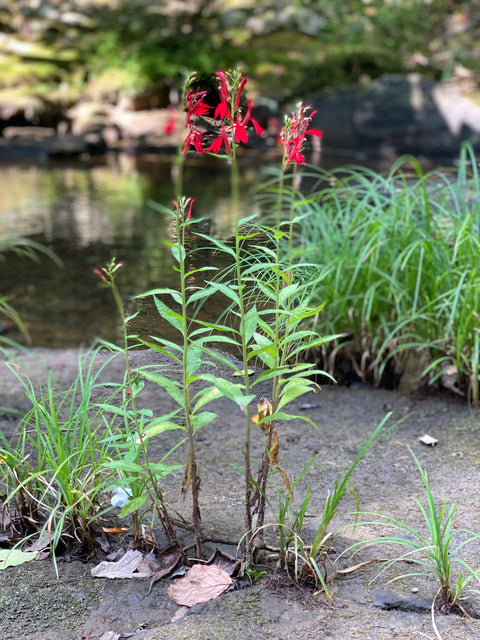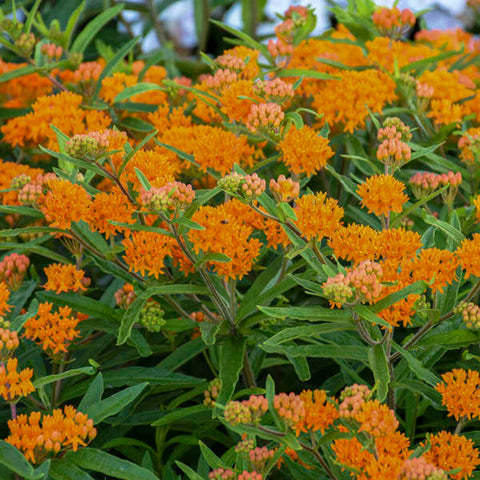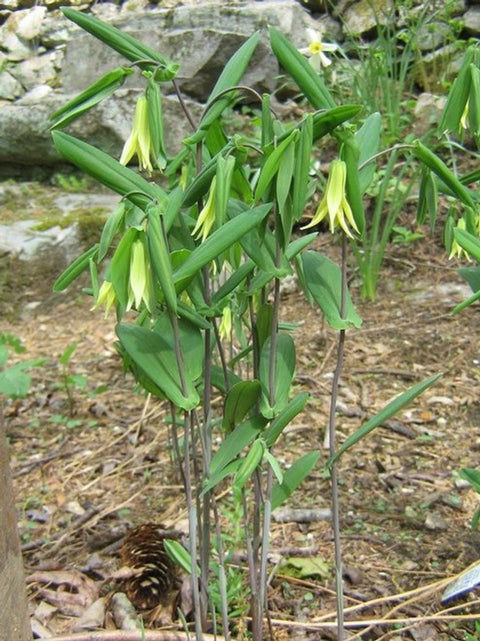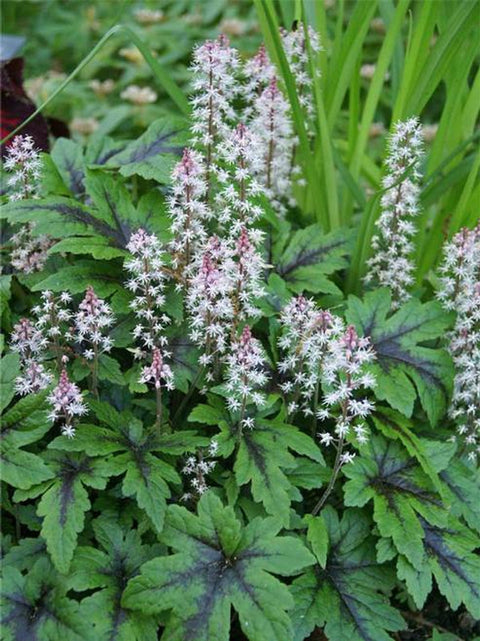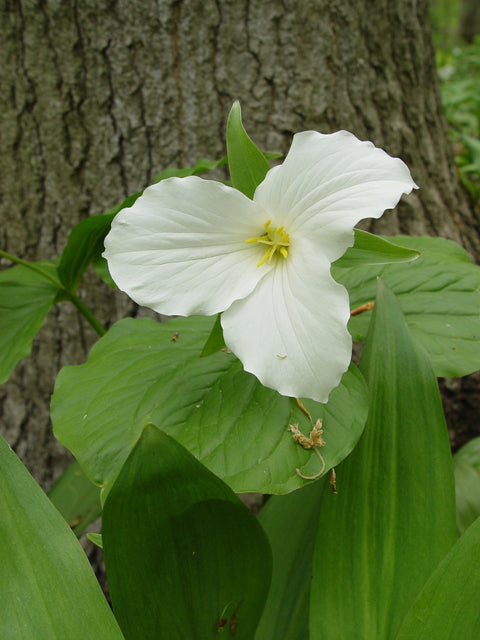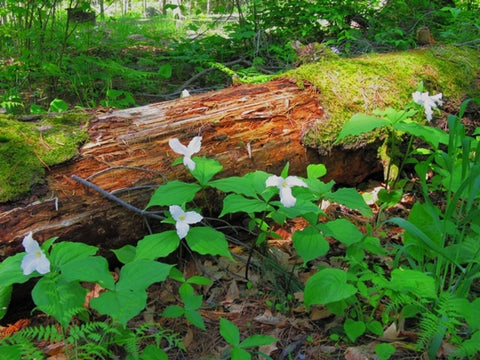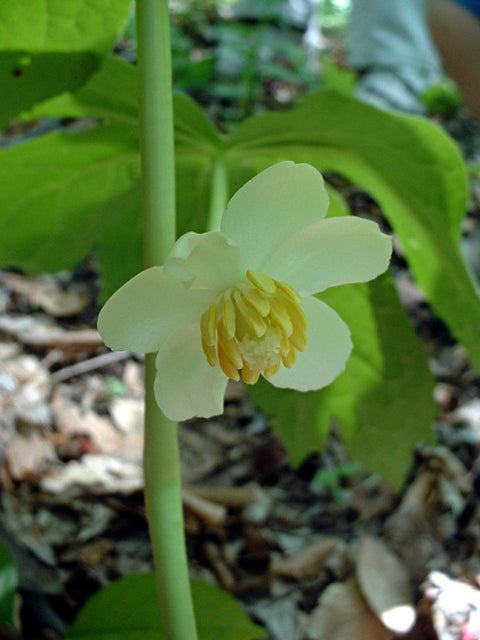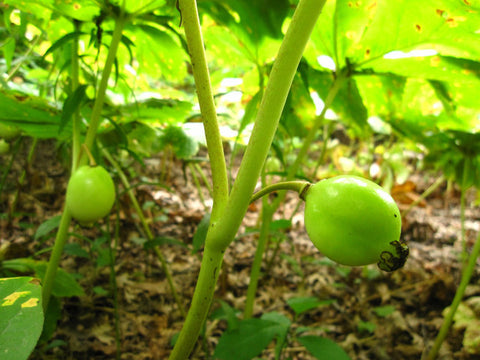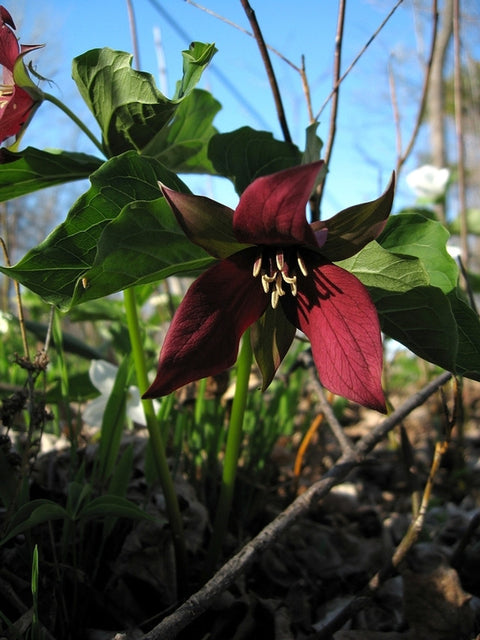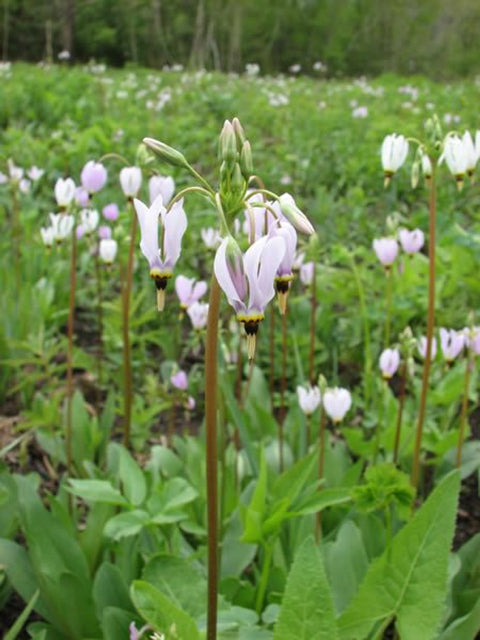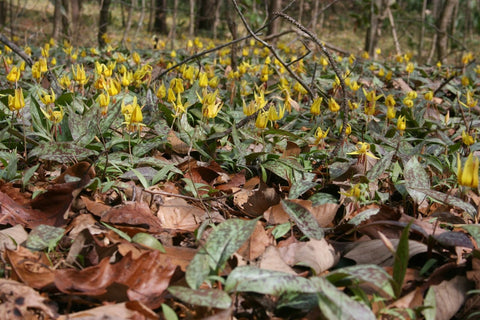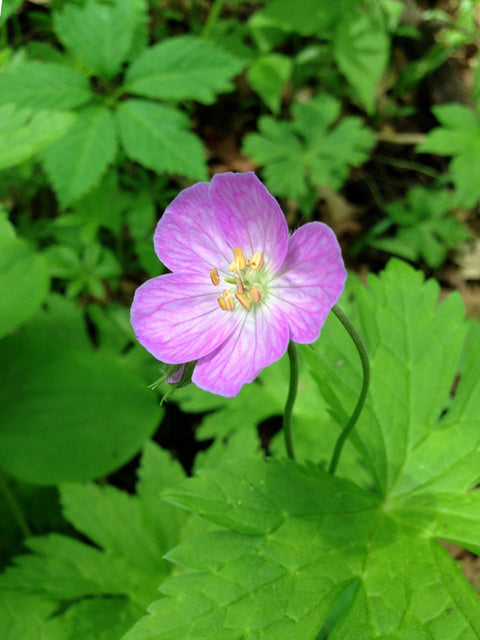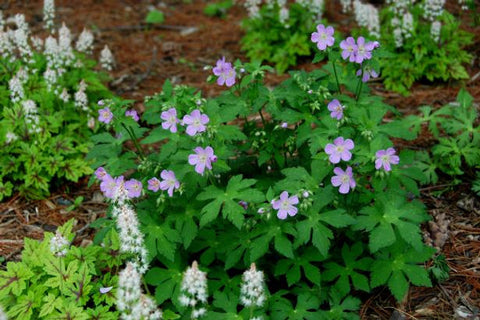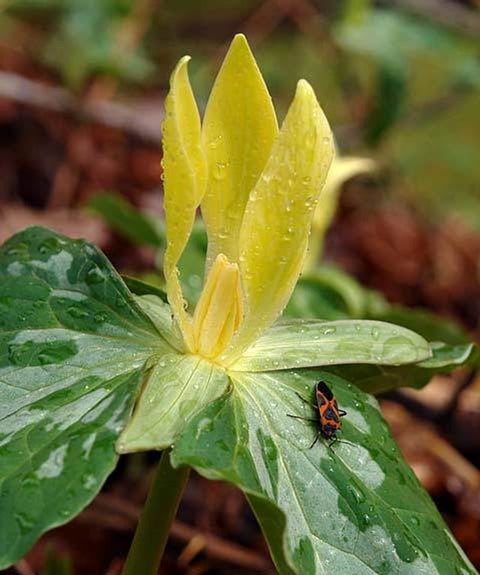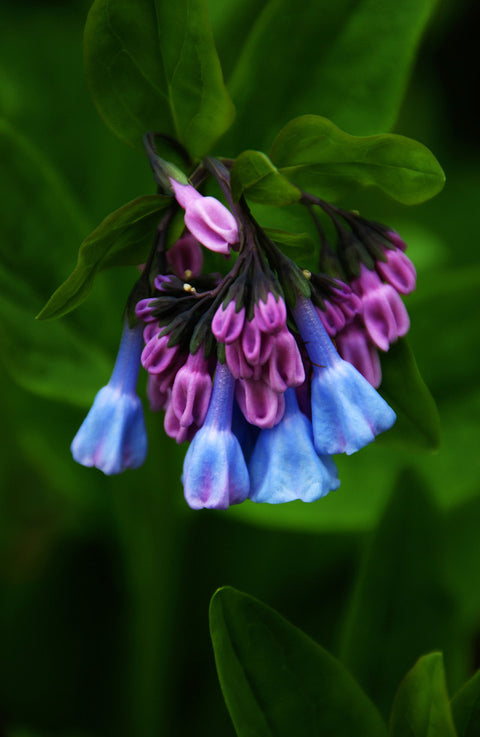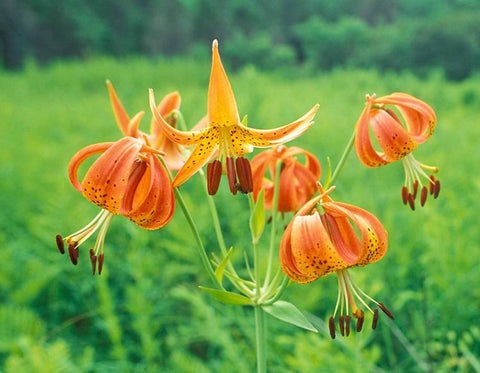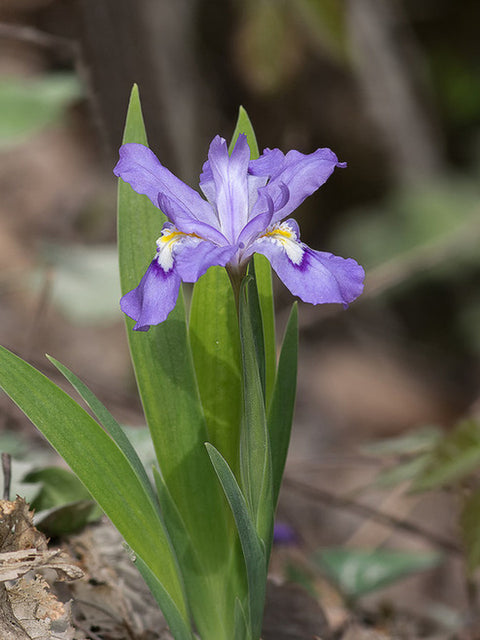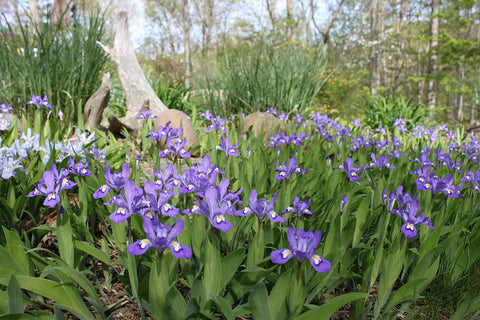Pollinator Plants
Pollinators
Pollinators are key to our gardens as well as to our local ecosystems more broadly, and native plants play a key role in the health of pollinator populations. Pollinators like bees, butterflies, and moths make their living by collecting nectar and pollen from the flowers of plants; this process of “pollination” helps fertilize plants, allowing them to produce more plants, seeds, or fruit. Supporting pollinators by planting pollinator plants is one of the best things that we can do to ensure the growth of the garden plants we love so much. Native pollinator plants are one of the best ways to garden with pollinators in mind.
Butterfly Weed, also known by its scientific name Asclepias tuberosa, is a perennial native plant known for its vibrant orange flowers. One of the primary pollinators of Butterfly Weed are Monarchs. Monarchs use milkweed as their host plant, and female Monarchs will specifically seek out Butterfly Weed in order to lay their eggs. This is because Monarch caterpillars only eat milkweed and must have milkweed leaves in order to grow and metamorphose into butterflies. While Butterfly Weed is host to the Monarch butterfly, many other butterflies and insects also enjoy the nectar from the plant.
Purple Coneflower or Echinacea purpurea is another common native plant that offers pollinators many benefits. The Purple Coneflower is a native perennial with large, daisy-like blooms. Pollinators are drawn to the purple petals and high nectar volume; Purple Coneflower can be used to attract a number of pollinators including bees, butterflies, and hummingbirds. The blooms usually show up in late spring and continue through the summer.
Black-eyed Susan or Rudbeckia hirta is a native pollinator plant with cheerful yellow petals. Pollinators, including bees, butterflies, and more, are attracted to Black-eyed Susan in part due to its nectar supply. Black-eyed Susans are especially helpful to pollinators because of their long bloom time. The flowers last for months throughout the summer, giving a good food source to pollinators as other plants in the garden have finished their blooming season.
Benefits of Native Pollinator Plants
Native pollinator plants offer a number of benefits. In addition to their value in helping native pollinators, native plants provide key ecosystem services. Native plants have evolved alongside other plant and animal species in their local environments. This means that native plants and the animals that they support have developed and adapted to local soil, weather, and climate, as well as to natural threats such as pests or disease. This means that pollinator plants that are native to a region provide more effective food and habitat for local pollinator populations, making these species the most effective plants to plant for the purpose of supporting pollinators. Native pollinator plants are also more likely to be well-adapted to the conditions of the area and will typically require less watering, weeding, or additional maintenance than non-native species, which have not had time to adapt to the local environment.
Pollinator Plants in your Landscape
There are a wide variety of pollinator plants. Different species of plant are more or less useful to pollinators, so a few good choices can make a big difference in a pollinator garden. To choose the best plants for your garden, think about the pollinators that you would most like to support, the time of year that you would like to support them in, and the conditions of your garden. For example, if you are a Monarch lover living in the northeast, early to mid-summer planting of Butterfly Weed is a great way to help these pollinators at the time and place that they need it most. If you have a dry spot in your garden and are hoping to support bees in the late summer, a clump of Blazing Star could be just the right solution. Pollinator plants should be included in most gardens to ensure the health of both local ecosystems and our own gardens and landscapes.
